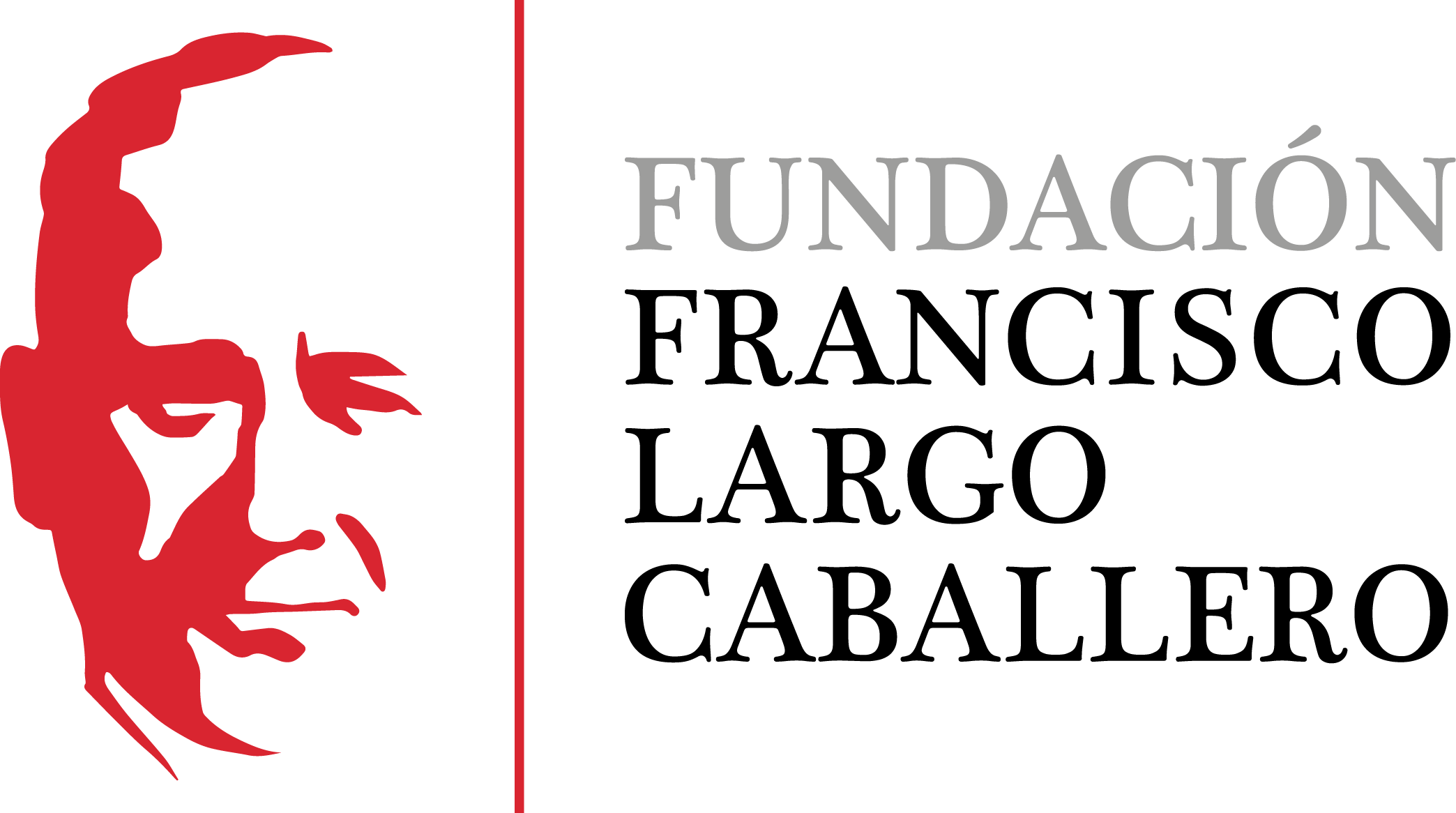The regime at the end of the regime. Social change and late francoism from Delegación Nacional de Provincias (National province delegation)
DOI:
https://doi.org/10.69791/rahc.87Keywords:
Francoism, Movimiento Nacional, Transition, Political StaffAbstract
This paper is based on documents held in the personal archives of Fernando Azancot, who was National Secretary of Provinces from 14th February 1974 to 27th September 1976. Formerly, he had been the Provincial Youth Delegate in Zamora (1967- 1969), the Provincial Vice-chief of the Movimiento in the same province (1972-1974) and a staff member of the National Youth Department (1972-1974). His political career was always carried out inside the single party (FET-JONS) under Franco’s dictatorship and his personal archive is thus relevant to an understanding of the relationship between FET-JONS and the State in the last few months of the regime. Azancot’s archive contains a series of files with comments about the main political figures in each province at the time. The aim of this work is to clarify whether the provincial representatives of the regime truly saw themselves as members of the single party or, to the contrary, considered the Movimiento a mere platform from which to access power and institutional positions.
Downloads
Global Statistics ℹ️
|
112
Views
|
30
Downloads
|
|
142
Total
|
|
Downloads
Published
How to Cite
Issue
Section
License
Copyright (c) 2016 Julio Ponce Alberca

This work is licensed under a Creative Commons Attribution 4.0 International License.
Alcores is an open-access journal. It provides unrestricted access to its content from the moment of publication. We respect intellectual property rights, and for this reason, the author retains the copyright. All content is distributed under a Creative Commons Attribution 4.0 International (CC BY 4.0) license. The terms of the license can be consulted at: https://creativecommons.org/licenses/by/4.0/
This license allows sharing (copying and redistributing the material in any medium or format) and adapting (remixing, transforming, and building upon the material for any purpose), provided that authorship and first publication in this journal are properly credited, a link to the license is included, and any changes made are indicated.
This type of license facilitates the freedom of reuse and ensures that the content of this journal can be used to meet research needs.





